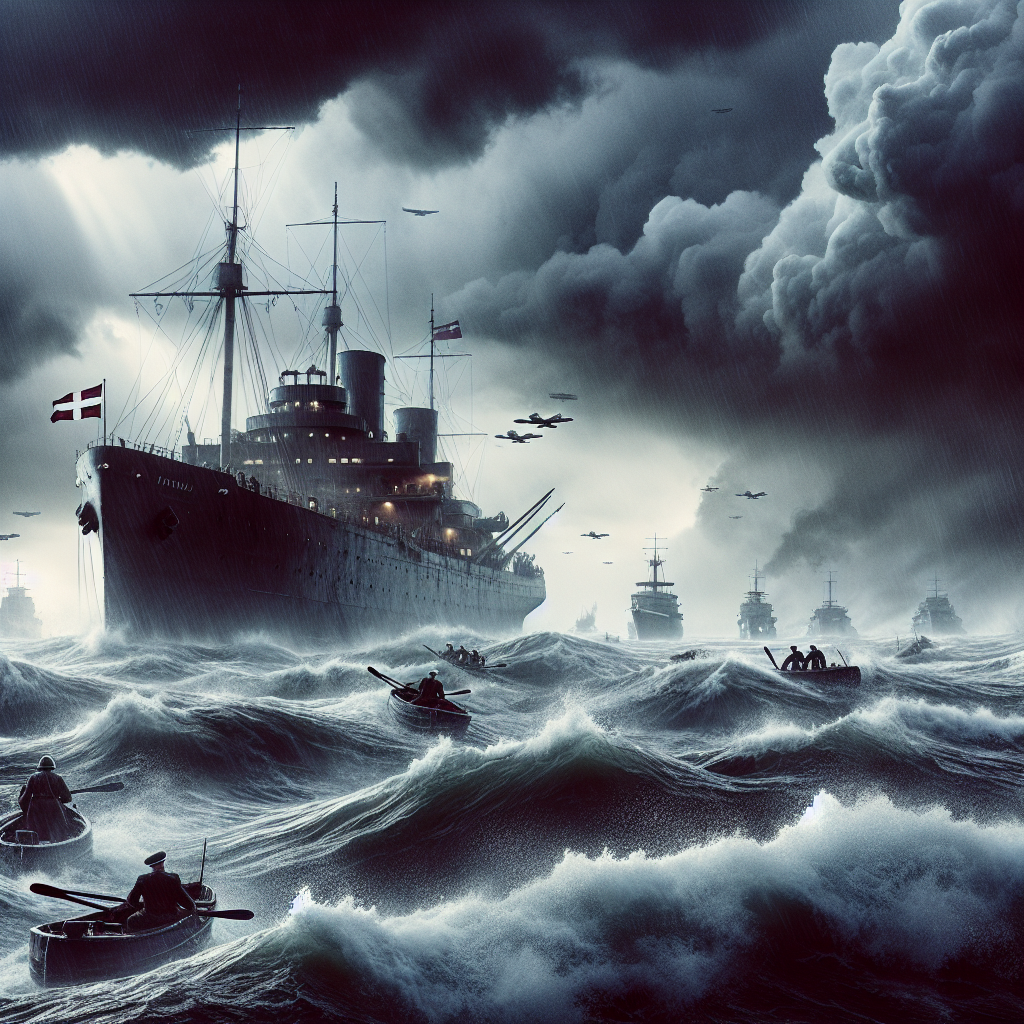The High Seas Drama: Latvian Mercantile Marine in World War II
Imagine a small nation caught between the clashing titans of World War II, its merchant fleet navigating treacherous waters both literally and politically. This was the reality for Latvia, a Baltic state with a proud maritime tradition, whose mercantile marine found itself embroiled in the global conflict from 1939 to 1945. Latvia's strategic location and its fleet's vital role in trade made it a significant player in the maritime theater of war. The Latvian mercantile marine, consisting of commercial ships and their crews, faced the daunting task of maintaining trade routes while avoiding the perils of war, including enemy submarines and blockades.
Latvia, having gained independence in 1918, had developed a robust maritime industry by the time World War II erupted. The country's merchant fleet was a crucial component of its economy, facilitating trade and transportation across the Baltic Sea and beyond. However, the outbreak of war posed immediate challenges. The Soviet Union's occupation of Latvia in 1940, followed by Nazi Germany's invasion in 1941, placed the Latvian mercantile marine in a precarious position. Ships and sailors were caught in the crossfire, with some vessels commandeered by occupying forces and others attempting to continue operations under increasingly dangerous conditions.
The Latvian mercantile marine's experience during World War II was marked by resilience and adaptability. Many Latvian sailors found themselves serving under foreign flags, as their ships were requisitioned by the Allies or Axis powers. This was a common fate for merchant mariners from occupied countries, who often had little choice but to continue their work under new authorities. Despite these challenges, Latvian crews maintained a reputation for skill and professionalism, contributing to the war effort in various capacities, from transporting essential goods to supporting military operations.
The war also brought about significant changes in the global shipping industry, with technological advancements and new strategies emerging in response to the conflict. Latvian mariners, like their counterparts worldwide, had to adapt to these changes, learning to navigate new types of vessels and employing innovative tactics to evade enemy threats. The experience gained during the war would prove invaluable in the post-war period, as Latvia sought to rebuild its maritime industry and reestablish its place in the global shipping community.
The story of the Latvian mercantile marine during World War II is a testament to the resilience of a small nation and its people in the face of overwhelming odds. It highlights the critical role that merchant mariners played in the war effort, often at great personal risk. While the war brought immense challenges, it also fostered a sense of solidarity and shared purpose among Latvian sailors, who remained committed to their profession despite the dangers they faced.
Understanding the experiences of the Latvian mercantile marine during World War II also provides valuable insights into the broader impact of the conflict on small nations and their maritime industries. It underscores the importance of international cooperation and the need for nations to work together to ensure the safety and security of global trade routes. As we reflect on this period in history, we are reminded of the courage and determination of those who served at sea, and the enduring legacy of their contributions to the world we live in today.

